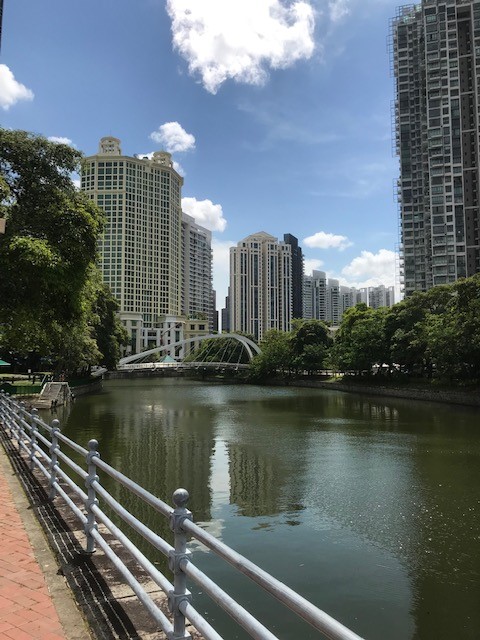Real Estate
Singapore Sets APAC's Hottest Residential Property Price Growth

While economic conditions and government cooling measures had an effect, Singapore's real estate market set the hottest pace for price growth in the second half of 2023 from a year before. It sheds light on the forces at work in a city increasingly renowned as a wealth management centre.
Singapore logged the strongest annual residential price growth pace out of 25 Asia-Pacific markets in the second half of 2023, with rising wealth, and signs of a peak to international interest rates giving a boost, according to Knight Frank.
The real estate consultancy, issuing its Asia-Pacific Residential Review Index for H2 2023, said 21 out of 25 cities recorded positive annual price growth in H2 2023. Singapore’s figure surged by 13.7 per cent on a year earlier. Across all markets, prices rose 4.5 per cent.
“The residential market experienced a surge in the past six months, following the Fed’s decision to pause rate hikes, which encouraged potential buyers who had been waiting on the sidelines to make purchasing decisions,” Kevin Coppel, managing director at Knight Frank Asia-Pacific, said. “Ongoing constraints on the supply side, including input costs, labour shortages and construction delays, have played a role in supporting prices in numerous cities across the Asia-Pacific region.”
Singapore held onto a “safe haven” status even though the global macroeconomic environment has been more challenging following measures by the city-state to cool property prices last April, Knight Frank said.
The jurisdiction has seen its status as a hub for family offices and wealth management continue to rise in recent years, in some ways benefiting from Hong Kong being hit by harsh pandemic measures and political changes. There's a downside: the hot property market in Singapore has made it difficult for many people seeking to make a living in the island nation. Prices of state housing, owned by some 90 per cent of Singaporeans, jumped 10 per cent in 2022 on top of a double-digit price rise in the prior year. Singapore has doubled stamp duty for foreigners to 60 per cent to curb price pressures. The jurisdiction has the highest such levy in the world, per Savills. (Source: Reuters, 28 June 2023.)
Other notably strong markets include Manila. In the Manila metropolitan area, prices rose by 8.6 per cent year-on-year, driven by the resumption of business process outsourcing (BPO) firms. This has led to an increasing number of expats returning to oversee business operations, contributing to the area's strong performance, the report said.
In Australia, the Reserve Bank of Australia (RBA) held its official cash rate target at 4.35 per cent as of December 2023. Except for Melbourne (up by 3.2 per cent year-on-year), the rest of the major Australian cities, namely Perth, Sydney, Brisbane, and Gold Coast’s mainstream residential markets, all experienced double-digit growth in 2023, ranging between 10.8 per cent and 12.8 per cent year-on-year.
Turning to New Zealand, Knight Frank said prices in Wellington and Auckland rose by 2.75 per cent and 0.5 per cent year-on-year, respectively, reversing the earlier double-digit declines.
As for the Chinese mainland, Knight Frank expects the market to stay soft, despite Beijing’s attempts to stabilise the real estate sector. “Weakness in the housing market will persist into 2024, with transaction volumes still declining, signalling room for further contraction in the sector,” it said. Knight Frank added that Hong Kong’s residential market is facing similar challenges to those of China, such as a weak market sentiment, high interest rates, and a substantial inventory of unsold completed new flats.
Japan and South Korea: Tokyo and Osaka continued to see price gains as yields over debt costs still offered attractive spreads for investors. Seoul saw a 5.5 per cent decline year-on-year because of the slowing export-oriented economy and higher borrowing costs.
Finally, Knight Frank considered India, noting that the top eight property markets logged a 5 per cent growth in annual sales.
